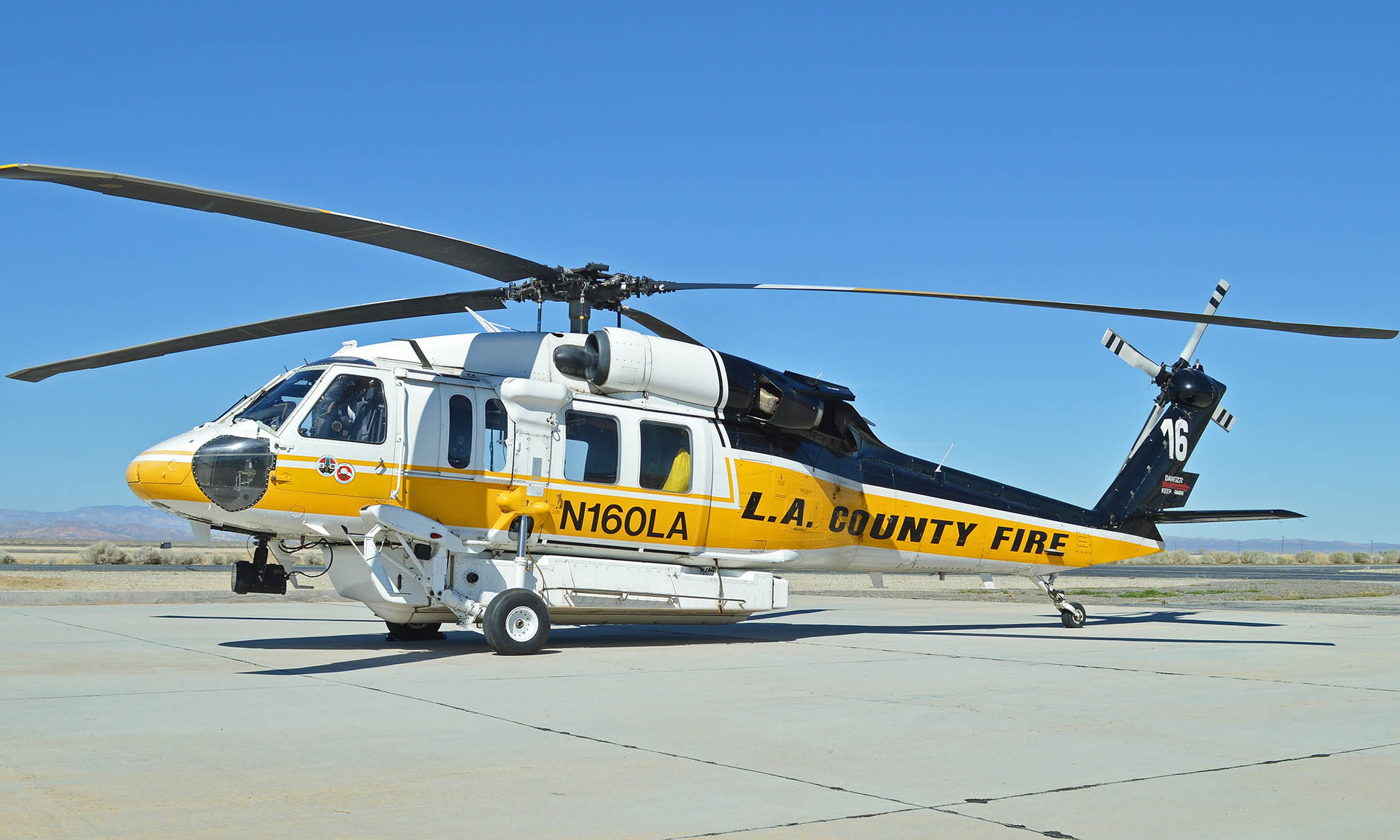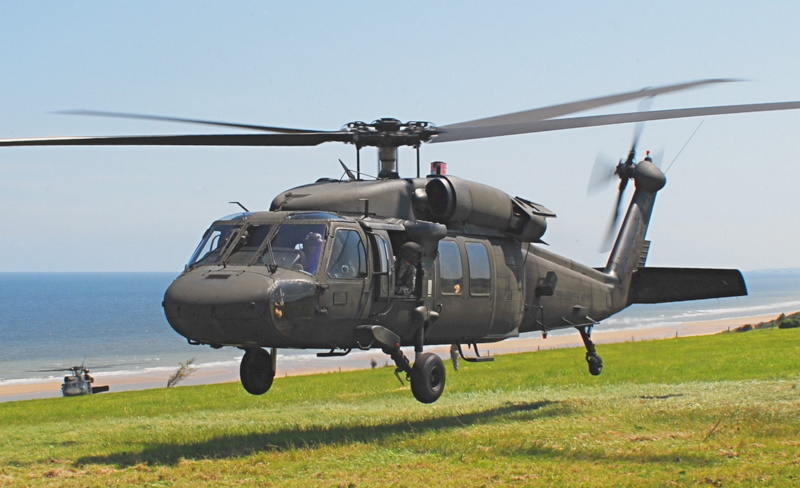Sikorsky S 70: Enhancing Helicopter Performance and Flexibility
Sikorsky S 70: Enhancing Helicopter Performance and Flexibility
Blog Article
High-Performance Multi-Role Rotorcraft Featuring Advanced Cabin Technologies and Integrated Sensor Solutions
The world of rotorcraft modern technology has actually seen notable developments in recent times, particularly in the realm of high-performance multi-role rotorcraft equipped with advanced cockpit technologies and perfectly integrated sensing unit systems. These technologies have not just boosted the functional abilities of rotorcraft however have also considerably affected modern aeronautics procedures on numerous fronts. From improved objective adaptability to boosted functional performance, the convergence of sophisticated cockpit technologies and incorporated sensor systems has actually introduced a new era of opportunities for rotorcraft applications. In the adhering to discussion, we will certainly discover the advancement of rotorcraft technology, look into the realm of sophisticated cockpit advancements, and analyze the implications of incorporated sensor systems on the functional flexibility and efficiency of modern-day rotorcraft.
Development of Rotorcraft Modern Technology
The development of rotorcraft innovation has been marked by significant advancements in aerodynamics, products, and propulsion systems, forming the abilities and performance of modern rotorcraft. Additionally, advancements in propulsion systems, consisting of extra effective engines and ingenious propulsion technologies, have made it possible for rotorcraft to attain greater altitudes, faster speeds, and better hauls.
These developments have not only changed the abilities of rotorcraft however have additionally broadened their applications throughout various industries, including army, business, and emergency situation solutions. The continual evolution of rotorcraft technology continues to drive innovation in the area, pressing the limits of what is possible and forming the future of vertical trip.
Advanced Cockpit Innovations
Structure upon the foundational developments in the rules of aerodynamics, materials, and propulsion systems, the realm of rotorcraft modern technology now shifts emphasis in the direction of introducing Advanced Cockpit Innovations. The assimilation of innovative technologies within the cabin atmosphere plays an essential duty in enhancing the functional capabilities, safety and security, and effectiveness of modern-day rotorcraft. sikorsky s 70. Advanced Cabin Innovations encompass a large range of attributes developed to give pilots with improved situational recognition, streamlined data monitoring, and intuitive control user interfaces
Among the essential innovations in cockpit style is the execution of glass cabins, which change conventional analog assesses with high-resolution display screens. These digital systems provide personalized layouts, real-time data assimilation, and improved readability, allowing pilots to gain access to critical info at a look. Advanced avionics systems, such as fly-by-wire controls and augmented reality screens, are reinventing exactly how pilots engage with the airplane, permitting for specific control and improved decision-making capacities.


Integrating sophisticated cockpit innovations not just improves pilot performance but additionally adds to overall goal efficiency and safety in intricate functional environments. By leveraging modern modern technologies within the cockpit, rotorcraft manufacturers are establishing new criteria for operational quality and objective success.
Integrated Sensor Equipments
With the evolution of rotorcraft innovation, the combination of innovative Integrated Sensor Solution has come to be extremely important in enhancing functional efficiency and safety and security. These Integrated Sensor Solutions encompass a vast variety of innovations that provide important data for numerous functions such as navigation, security, targeting, and environmental tracking. By seamlessly integrating sensing units like radars, cameras, lidar, and infrared systems into rotorcraft, drivers can take advantage of improved situational understanding, boosted mission abilities, and lowered pilot workload.
One secret benefit wikipedia reference of Integrated Sensing unit Systems is their capability to collect real-time information and provide actionable understandings to pilots and mission operators. Advanced radar systems can discover and track targets over long ranges, permitting for very early threat detection and efficient action preparation. In addition, integrating infrared and electro-optical electronic cameras makes it possible for rotorcraft to conduct reconnaissance and monitoring objectives with accuracy and precision.
Basically, the integration of advanced sensing unit technologies into rotorcraft not only improves functional performance but also adds significantly to overall mission success and crew safety. As rotorcraft continue to evolve, the role of Integrated Sensor Systems will definitely stay at the leading edge of advancement in the aerospace market.
Operational Flexibility and Efficiency
Enhancing functional convenience and performance in rotorcraft is an all-natural progression from the integration of innovative Integrated Sensing unit Solutions. By leveraging the understandings and data provided by these cutting-edge sensing unit systems, rotorcraft can enhance their performance throughout different missions and settings.
Functional flexibility encompasses the capacity of rotorcraft to adjust to various functions and situations effectively. With advanced cabin modern technologies and incorporated sensor systems, rotorcraft can seamlessly change between tasks such as search and rescue, clinical emptying, surveillance, and extra. This versatility enhances the rotorcraft's ability to meet varied operational requirements without requiring considerable reconfiguration.
Effectiveness in rotorcraft procedures is important for optimizing mission efficiency and resource use. Integrated sensing unit systems play a critical duty in enhancing functional performance by offering real-time information on view it now weather conditions, surface mapping, target monitoring, and much more. This information enables pilots to make educated choices swiftly, optimize flight courses, preserve fuel, and improve total objective performance.
Effect On Modern Aviation Operations

In addition, the integration of sophisticated sensors helps with improved goal planning and click site implementation, enabling rotorcraft to execute a large range of tasks with boosted precision. From search and rescue procedures to aerial firefighting and police missions, the capacities of modern rotorcraft outfitted with advanced cabin modern technologies and integrated sensing unit systems are exceptional.
Moreover, the effect of these advancements prolongs past operational efficiency to cost-effectiveness and sustainability. By maximizing flight paths, gas consumption, and upkeep schedules, high-performance rotorcraft furnished with advanced cockpit technologies and sensors add to minimizing operational expenses and ecological effect, making them indispensable possessions in modern-day air travel procedures.
Final Thought
To conclude, the high-performance multi-role rotorcraft with sophisticated cabin modern technologies and incorporated sensor systems represents a considerable advancement in aeronautics technology. These advancements boost functional convenience and efficiency, ultimately affecting modern-day aviation operations in a positive way. The combination of these sophisticated modern technologies enables boosted capacities and efficiency in numerous goal circumstances, showcasing the proceeded innovation of rotorcraft modern technology in the aeronautics sector.
The world of rotorcraft innovation has seen significant improvements in current times, especially in the world of high-performance multi-role rotorcraft outfitted with cutting-edge cockpit technologies and seamlessly incorporated sensing unit systems. From boosted mission versatility to improved operational performance, the merging of innovative cabin technologies and integrated sensing unit systems has ushered in a new period of opportunities for rotorcraft applications. In the complying with discussion, we will certainly check out the evolution of rotorcraft technology, delve right into the realm of advanced cabin advancements, and analyze the implications of incorporated sensor systems on the operational convenience and effectiveness of contemporary rotorcraft.

Report this page